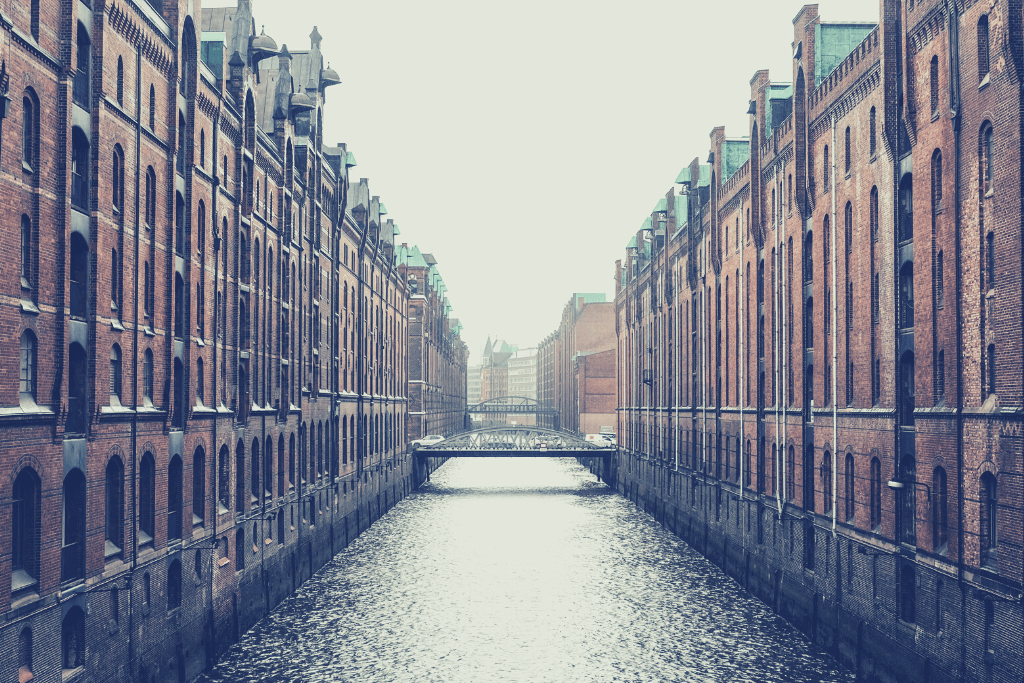In the early 1970s, an oil embargo and an energy crisis hit most advanced economies, imposing drastic changes in indoor air quality. The new energy preservation measures started to limit outdoor air ventilation. Many of the buildings constructed after this era still have inadequate air ventilation to maintain the health and comfort of building occupants.
Fast forward to 1983, the World Health Organization coined the term “Sick Building Syndrome”, after estimating that up to 30 percent of the newly built offices in the West had severe indoor air problems.
In industrialized societies, people spend about 90 percent of their lives indoors, whether it’s their homes, offices, schools, sports and recreational centers, as well as transportation vehicles.
Particularly the COVID-19 pandemic brought the importance of clean indoor air to the forefront of the debate about building design and maintenance to optimize air ventilation.
What’s Sick Building Syndrome?
Sick Building Syndrome (SBS) describes the condition of ill-health one might experience in a specific building. It’s a set of medical discomforts that can cause a group of mucosal, skin, and general symptoms that are temporally related to working in particular buildings.
The sufferers might mistakenly diagnose themselves with common diseases such as re-occurring allergies, cold, flu, skin rashes, joint pain, general fatigue, and even succumb to poor mental health and declining work performance.
While the severity of the disease varies according to individuals and their other medical sensitivities, the SBS symptoms typically disappear following a prolonged time spent away from a “sick building”.
However, from the first moment a person starts to spend time in a “sick building”, it can take years for them to observe the symptoms, making it hard to diagnose and fight.
What Causes the Sick Building Syndrome?
- The poor indoor air quality and insufficient ventilation are often cited by medical researchers as the top reason that causes the sick building syndrome. However, even though poor air quality leads to an estimated 52 percent of the SBS cases, it’s not the only one.
- Chemical contaminants from indoor and outdoor resources are also reported to cause or accelerate the sick building syndrome. These toxic materials can be anything from adhesives, carpeting, upholstery, manufactured wood products, copy machines, pesticides, and cleaning agents, or pollutants from motor vehicles outside.
- Additionally, biological contaminants, such as bacteria, mold, pollen, fungi, or viruses, can also contribute to the symptoms associated with SBS.
How to Prevent the Sick Building Syndrome?
Since SBS is such a complex phenomenon that can result from the combination of various factors, there’s no one simple answer to preventing the sick building syndrome.
Nevertheless, given its importance for the condition and overall health, ensuring clean indoor air and sufficient ventilation is the most crucial step toward fighting it, whether by design or modifications such as the following items.
- Investigate & Evaluate: Facility managers invested in providing a healthy atmosphere must first investigate the buildings and thoroughly evaluate their vulnerabilities.
- Clean Out & Replace Contaminators: After understanding the risk factors for a sick building, cleaning out and replacing the contaminant sources is imperative. For instance, an old and moldy carpet, or cupboards with toxic varnish, might be big offenders.
- Increase & Improve Ventilation: Promoting natural air ventilation through open windows is a cost-effective and straightforward solution to improve indoor air quality. However, it might not always be possible. Therefore, facility managers must tap into regularly maintained HVAC systems to keep the air quality optimal. Additionally, they might consider installing air purifiers to collect the pollutants from the indoor air.
Indoor Air Quality Beyond the Pandemic
An old Danish proverb goes, “Fresh air impoverishes the doctor.” Indeed, the science-backed benefits of clean air are astounding and extensive. Whether experienced indoors or outdoors, poor air quality poses a significant threat to human health.
The importance of maintaining clean and high-quality air indoors was further brought to the limelight again by the COVID-19 pandemic, especially since the odds of catching the virus are dramatically higher indoors.
Thus, governments and health authorities around the world have been campaigning for indoor air quality, trying to mobilize people to embrace clean air as a tool for public health.
Whether fighting the sick building syndrome, viral diseases, or simply bad mood, there’s no doubt that fresh air helps a lot. Ensuring a building has proper ventilation and clean indoor air will always promote good health and well-being, long after the pandemic is over.






